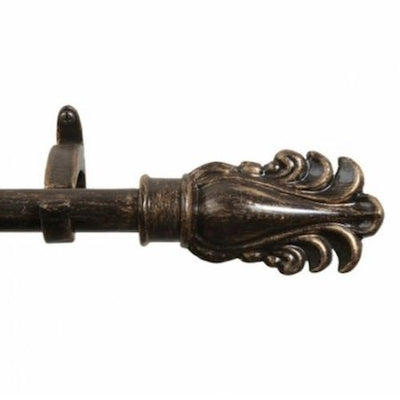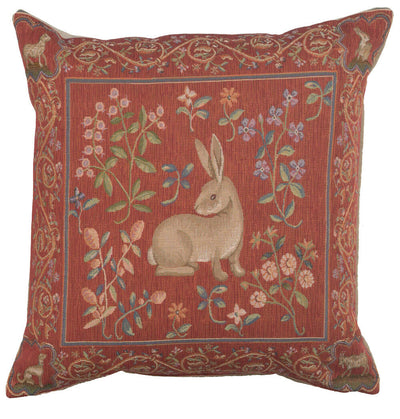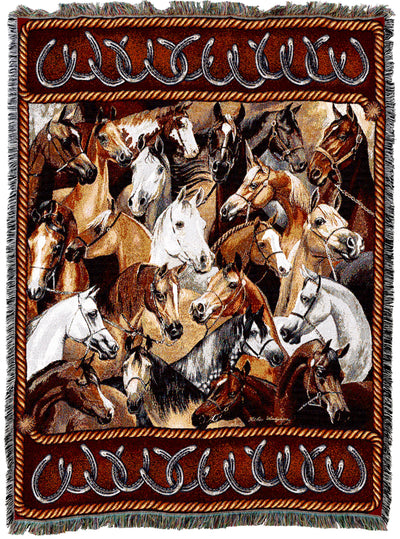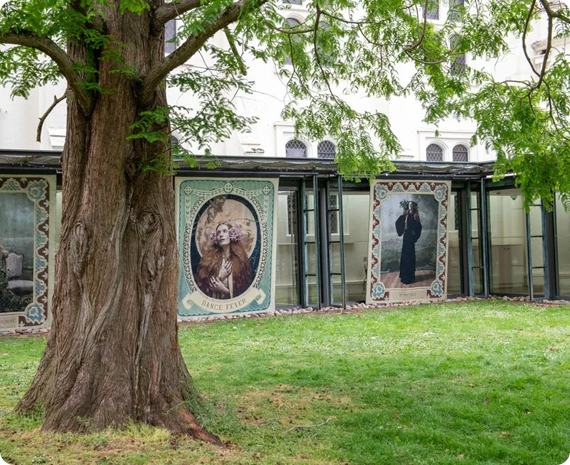How to Choose the Right Tapestry Rod for Your Wall Hanging
The rod you use to showcase your tapestry is a crucial design element that affects both the stability and style of your display. That is why choosing the right tapestry rod involves more than grabbing the first one that fits; it requires careful consideration of the length, material, weight capacity, finial style, mounting hardware. Each component plays a role in how your tapestry looks and lasts once it's on the wall.
Feeling a bit overwhelmed? Don’t worry. This guide will cover everything you need to know to confidently choose the right rod for your tapestry, so your wall hanging looks intentional, balanced, and beautifully styled.
Types of Tapestry Rods
Standard Tapestry Rods
These are the most common and straightforward rods for tapestry hanging. They usually feature a slim, tubular design with basic brackets and finials, and are often included with pre-made tapestry hanging kits. Standard rods are ideal for lightweight to medium-weight textiles and work well if you want the focus to remain on the tapestry rather than the hardware.
Decorative Tapestry Rods
These decorative rods for wall hangings serve both a functional and aesthetic purpose. They often feature ornate finials, carved detailing, scrollwork, or unique finishes like antique brass, bronze, or hand-painted wood.
Adjustable or Telescoping Rods
These wall hanging rods are designed to expand or contract to fit different tapestry sizes. They’re highly versatile and especially convenient if you plan to switch out your tapestries seasonally or experiment with different widths. Telescoping rods often come with adjustable mounting brackets to help with alignment.
Material-Based Rods
Wooden Rods
-
Offer a warm, organic feel that complements bohemian, rustic, or traditional interiors
-
Available in various finishes, including natural, stained, painted, or distressed
-
Can feature smooth or carved detailing for added visual interest
-
Lightweight and easy to install
Metal Rods
-
Provide a sleek, modern look suitable for contemporary or industrial spaces
-
Commonly made from iron, brass, bronze, or stainless steel
-
Available in matte, polished, brushed, or antique-style finishes
-
Strong enough to support large or heavy tapestries
Wrought Iron Rods
-
Known for their strength and ornamental craftsmanship
-
Often feature scrollwork, curls, or hammered textures
-
Typically darker in finish - black, bronze, or rust tones
Plastic or Resin Rods
-
Lightweight and cost-effective
-
Manufactured to mimic the appearance of wood or metal
-
Available in a range of colors and designs
-
Best suited for lightweight tapestries or fabric art
Factors to Consider When Choosing a Rod
Weight and Size of the Tapestry
The first and most critical factor is the weight and dimensions of your tapestry. Heavier or larger tapestries require a stronger, more durable rod for wall hanging, typically made of metal or reinforced wood, to prevent sagging or long-term strain.
-
Lightweight tapestries (cotton, linen, or small woven pieces) can often be supported by standard or wooden rods.
-
Medium to heavy tapestries (wool, velvet, or antique pieces) may require metal rods, center brackets, or thicker support structures.
-
Always check the load-bearing capacity of the rod and brackets before installation, especially if your tapestry is dense or oversized.
Wall Type and Mounting Support
The type of wall you're working with - drywall, plaster, brick, or concrete, will determine what mounting hardware you'll need and how secure your tapestry wall hanging rod will be.
-
For drywall, use wall anchors or toggle bolts to prevent the rod from pulling loose.
-
Plaster walls require pre-drilling and careful anchor selection to avoid cracking.
-
Brick or concrete will need masonry screws or wall plugs for proper support.
-
If you're renting or can't drill into walls, consider adhesive-mounted brackets or freestanding tapestry stands (though weight limits will apply).
Hanging Method (Rod Pocket, Loops, Clips, etc.)
How your tapestry is constructed at the top will determine how it can be hung, and what kind of rod will work best.
-
Rod pocket: A sewn channel along the back or top edge allows the rod to slide through and remain hidden. Best with slim or standard rods.
-
Hanging loops or tabs: Visible fabric loops sewn to the top edge, suitable for both decorative and standard rods. This method adds a casual, open feel.
-
Clips or rings: Allow for quick changes and adjustment. Often used when the tapestry has no built-in hanging structure.
-
Velcro or sleeve systems: Common in museums or for professional textile displays where even weight distribution is essential.
Conclusion
Even something as simple as a woven geometric piece or as whimsical and magical as a unicorn tapestry deserves the right display to truly shine. Take a moment to consider your tapestry, your space, and the visual impact you want to create. Select a rod that supports it all, functionally and aesthetically. With the right choice, your wall hanging won’t just stay up; it will stand out in the best possible way.
















